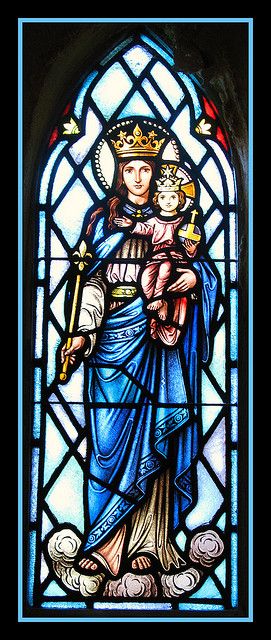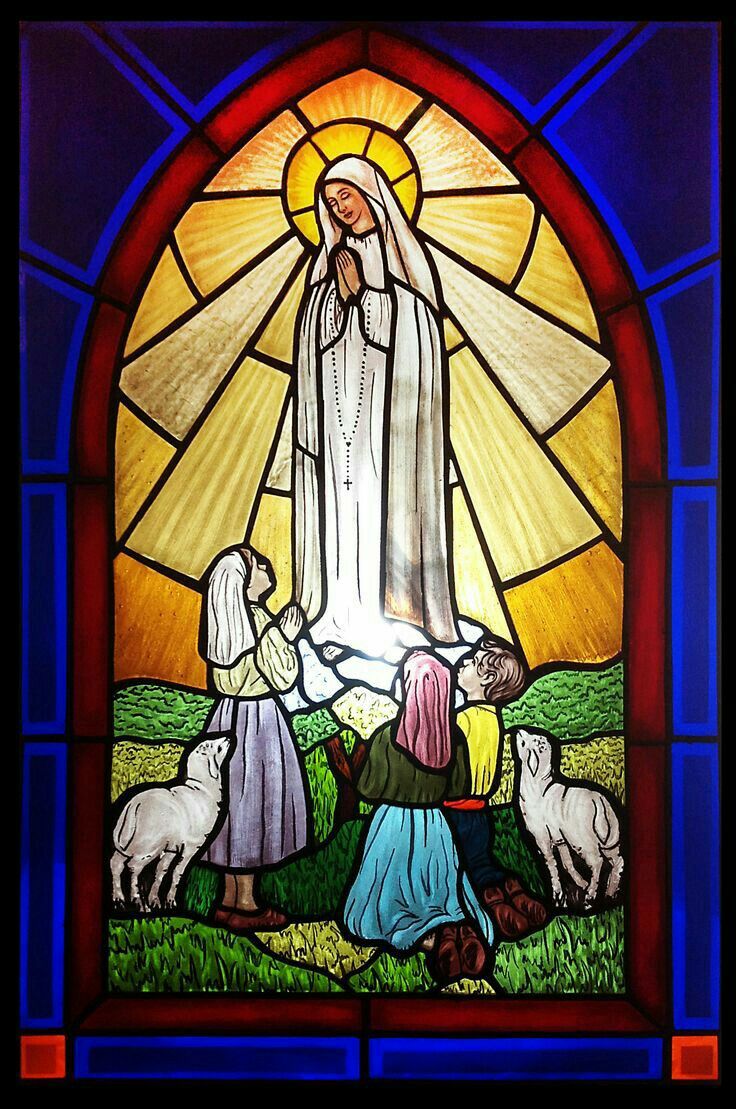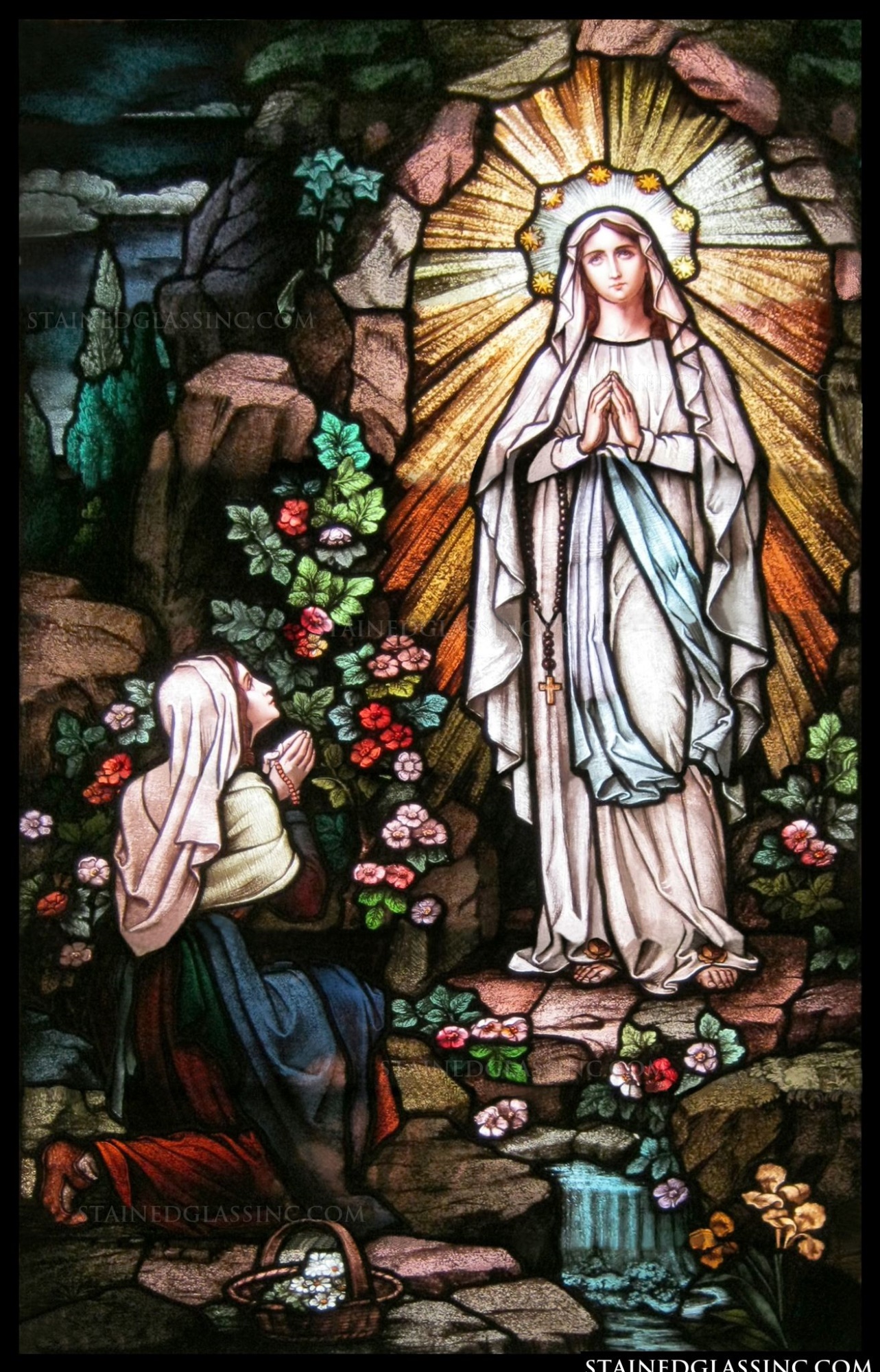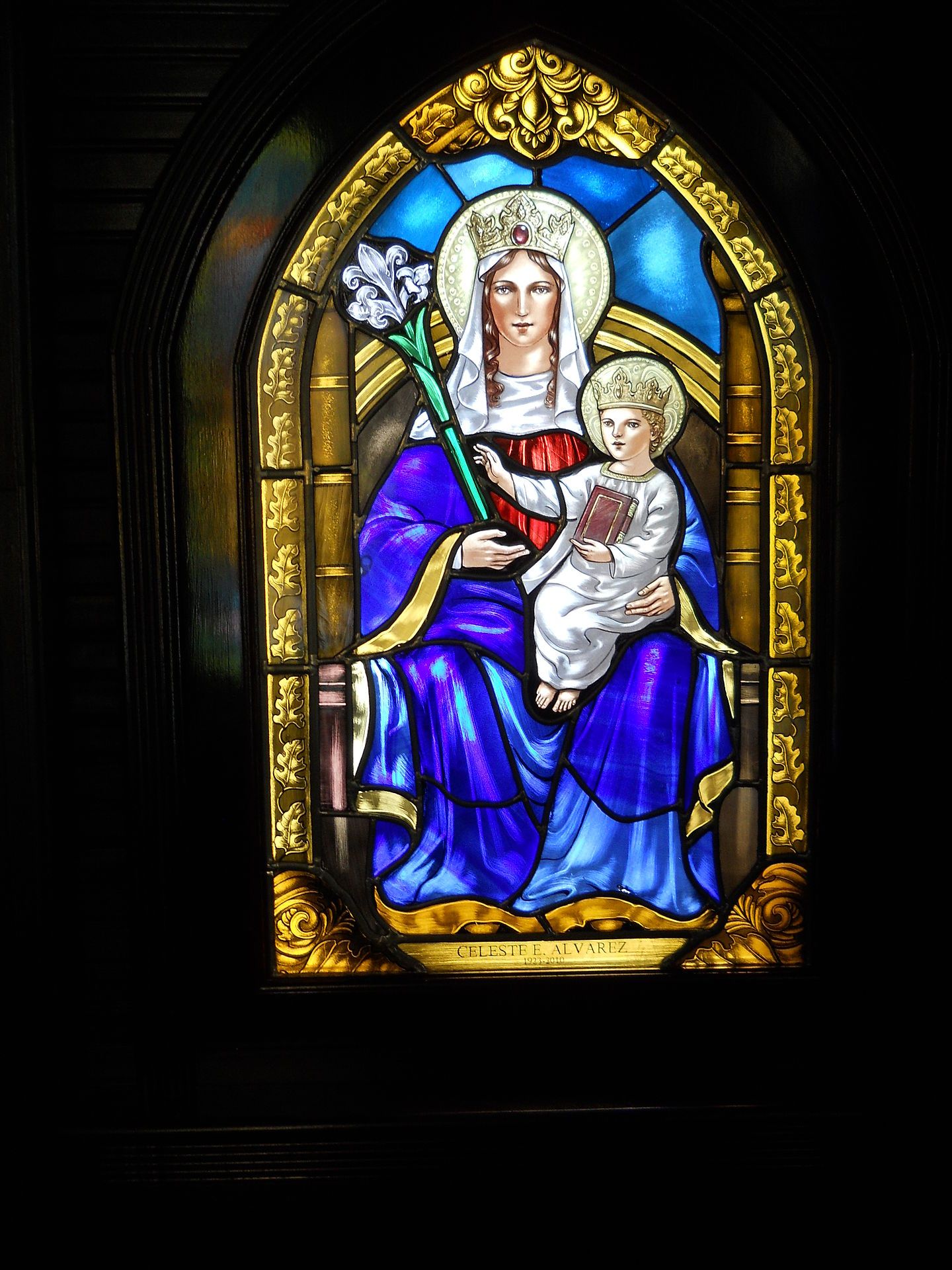Our Houses
Carmel House

In the year 1156, people who wanted a quiet place to pray and to live close to God began to come together on Mount Carmel. A large monastery was built there to honour the Mother of God. The members of the monastery were called Carmelites.
In 1251, according to the tradition of the Carmelites, the Blessed Virgin Mary appeared to Simon Stock, the sixth general, or person in charge of the Carmelite Order, and gave him a scapular. The scapular was a long piece of cloth worn over the shoulders and hanging, in front and in back, down to the ankles. After that, all the members of that Carmelite community wore scapulars. Today some religious men and women still wear the full scapular. Some people wear a small scapular made of two small pieces of cloth connected by narrow cord or braid. It, too, is worn over the shoulders. Wearing a scapular medal or the shortened scapular is a way of honouring the Blessed Mother. July 16 is a major feast for all Carmelite priests and sisters.
Our Lady of Carmel, pray for us!
Fatima House

Between May and October of 1917 three shepherd children, Lucia Santos and her cousins Jacinta and Francisco Marto, reported visions of a luminous lady believed to be the Virgin Mary. She appeared to the children in the Cova da Iria fields outside the hamlet of Aljustrel near Fatima, Portugal. She appeared to them on the 13th day of each month at approximately noon, for six straight months.
Lucia described seeing the lady as "brighter than the sun, shedding rays of light clearer and stronger than a crystal glass filled with the most sparkling water and pierced by the burning rays of the sun." According to Lucia's account, the lady confided to the children three secrets, known as the Three Secrets of Fatima. She urged the children to do penance and to make sacrifices to save sinners.
Most important, Lucia said that the lady asked them to say the Rosary every day, reiterating many times that the Rosary was the key to personal and world peace. Many young Portuguese men, including relatives of the visionaries, were fighting in World War I at that time.
Our Lady of Fatima, pray for us!
Lourdes House

Our Lady of Lourdes was the title she was given to Mary after she visited Bernadette Soubirous, a fourteen-year-old girl in 1858, in France.
One day Bernadette was out with her sister and a friend to gather wood for the fire. Bernadette, who suffered from asthma and was often sick, did not cross over the stream to gather wood on the other side with her sister and friend. While they were gone, Bernadette heard a noise over near a cave-like area, and she went to investigate. There, Bernadette saw a lovely lady dressed in white who had a blue sash around her waist and a rose on each foot. She was beautiful!
Bernadette prayed the rosary with this lady before she disappeared. The lady asked her to come back again. The lady appeared to Bernadette a total of eighteen times. Bernadette was teased and laughed at; many believed that she was either imagining the appearances of Our Lady or making it up.
When a spring miraculously appeared after one of the visions, many who doubted her began to believe. Those who bathed in the spring were often cured of serious sickness or disability. Eventually, the lady identified herself: “I am the Immaculate Conception”, she told Bernadette. It was then that people realized for sure that it was Mary, the Mother of God, appearing to Bernadette.
Our Lady of Lourdes, Pray for us!
Walsingham House

The story of the Walsingham Shrine begins in Saxon times. In 1061, the Lady of the Manor, Richeldis ds Faverches, was taken in spirit to Nazareth, shown the house where the Annunciation took place and asked by Our Lady to build a replica in Norfolk. She was promised that ‘Whoever seeks my help there will not go away empty-handed.’ The simple wooden house that she built soon became the focus of special devotion to Our Lady. The ‘Holy House’ was later encased in stone to protect it from the elements.
In 1153, the Augustinian Canons founded a Priory to care for the spiritual needs of the pilgrims. Their magnificent Priory Church was added in the fifteenth century. Only the ruin of the Priory arch remains and archaeology has placed the site of the ‘Holy House’ in its shadow.
In 1340, the Slipper Chapel was built at Houghton St Giles a mile outside Walsingham. This was the final ‘station’ chapel on the wat to Walsingham. It was here that pilgrims would remove their shoes to walk the final ‘Holy Mile’ to the shrine barefoot.
Our Lady of Walsingham, Pray for us!
